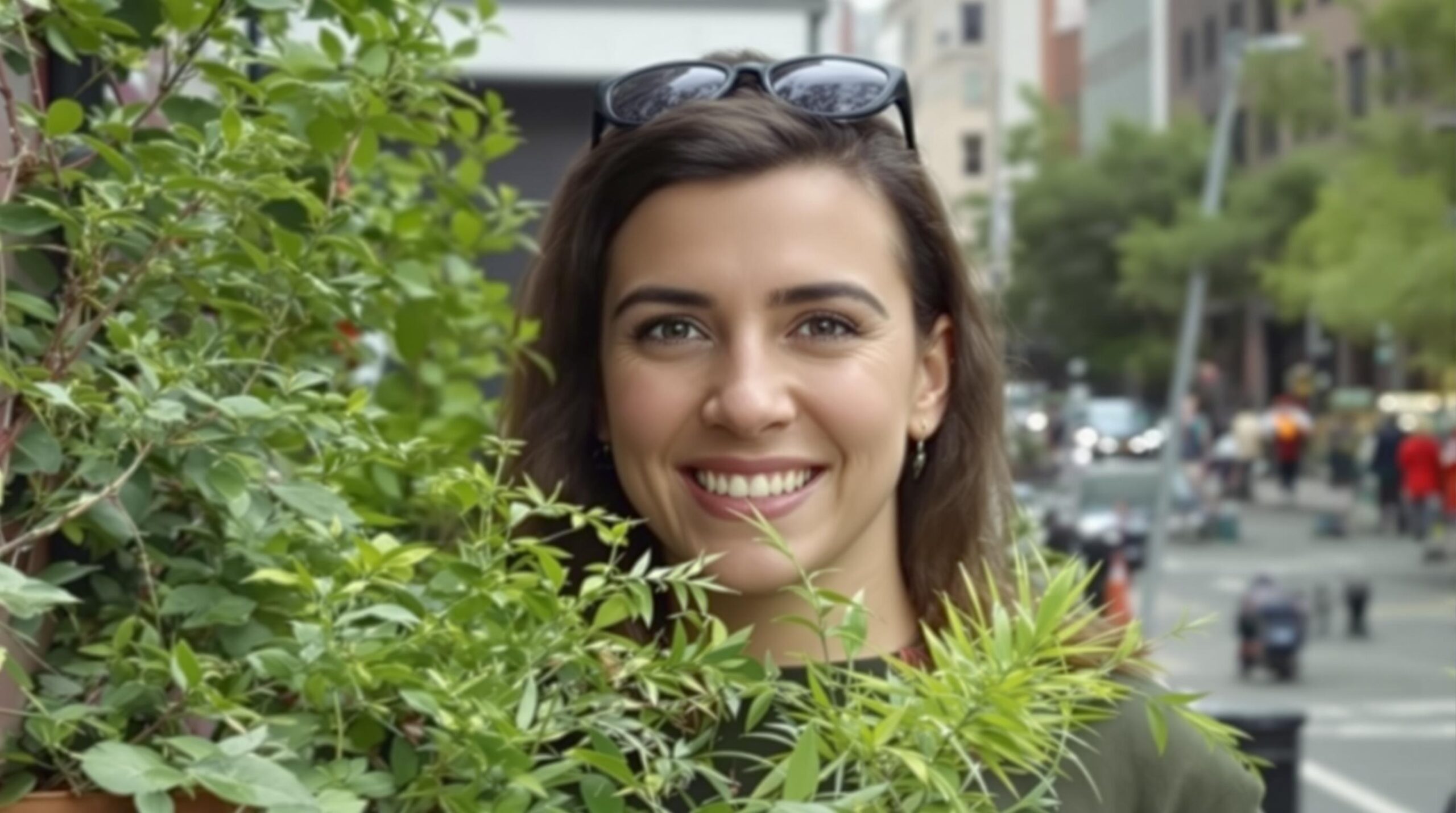As urbanization continues to reshape our landscapes, cities are increasingly grappling with issues like air pollution, loss of biodiversity, and higher temperatures. Innovative solutions are being developed to make urban areas more sustainable in response to these environmental challenges. One such solution gaining attention is the cultivation of microforests in urban settings. These small, dense vegetation patches can mitigate climate change effects while revitalizing city ecosystems.
Understanding Microforests: A Brief Overview
Microforests are compact, densely planted areas of trees and shrubs, often situated in seemingly leftover or underutilized urban spaces. Unlike traditional parks, which might spread over acres, microforests can fit into spaces as small as an average backyard. These tiny green areas are designed to grow quickly using techniques that mimic natural forests. Pioneering this concept, Japanese botanist Akira Miyawaki introduced a method in the 1970s that has garnered renewed interest, particularly in the fight against climate change.
The Miyawaki method involves planting various native species closely together, ensuring they compete for resources, thereby encouraging rapid growth. This approach creates a self-sustaining ecosystem, reflecting the natural forests they aim to emulate. Typically, these ecosystems reach their full potential within just a few decades, compared to the centuries it might take for standard afforestation efforts. This accelerated growth is crucial for addressing immediate urban environmental challenges.
The Benefits of Urban Microforests
Creating microforests in city environments offers a multifaceted array of benefits. Firstly, due to their density and diversity, they serve as important carbon sinks, absorbing CO2 from the atmosphere more efficiently than many traditional urban green spaces. This carbon sequestration is critical in reducing the urban heat island effect, a common problem where cities trap more heat than surrounding rural areas.
In addition to climate regulation, microforests significantly enhance urban biodiversity. By carefully selecting native plant species, these forests provide habitats and food sources for local wildlife, including birds, insects, and small mammals. This biodiversity increase supports ecological health and adds aesthetic and recreational value to urban communities. Moreover, diverse ecosystems are more resilient to diseases and climate fluctuations, promising longer-lasting environmental benefits.
Challenges and Considerations
Despite the promising benefits, establishing microforests in urban areas is challenging. One primary concern is finding suitable land in densely populated cities where real estate is at a premium. Urban planners must creatively identify spaces such as abandoned lots, rooftops, or even spaces between roads where microforests can thrive without disrupting existing infrastructure.
Another critical consideration is the initial cost and maintenance of these forests. The Miyawaki method, while effective, can be expensive due to the required density and diversity of species planted. This necessitates local governments or private stakeholders’ commitment to invest in establishment and ongoing care. Moreover, public awareness and engagement are crucial in maintaining these spaces. Communities need to understand the value of these microforests to foster collective responsibility towards their upkeep.
Urban Integration and Community Involvement
Microforests must be integrated thoughtfully into the urban fabric to maximize their potential. This involves collaboration between urban planners, environmental scientists, and local communities. Cities worldwide are experimenting with microforest initiatives, often involving residents in the planting and maintenance processes. This participatory approach reduces costs, strengthens community ties, and promotes environmental education.
Furthermore, integrating microforests into urban planning can complement other green initiatives, such as green roofs, rain gardens, and urban agriculture. By creating a patchwork of green spaces, cities can enhance their resilience to climate change. These combined efforts help mitigate flooding, improve air quality, and foster a sense of environmental stewardship among urban dwellers.
The Global Movement and Future Prospects
Microforests are gaining traction globally, with cities from Paris to Melbourne adopting the idea. Such initiatives are supported by non-profit organizations, local governments, and environmentalists keen to demonstrate their effectiveness. While success stories abound, ongoing research is crucial to fully understanding the long-term impacts of microforests on urban environments.
Innovations in technology and design are likely to play a significant role in advancing microforest projects. Drones and spatial analytics can aid in identifying suitable planting sites, while advancements in plant biology may help select the most resilient species for urban settings. The methods used to create and maintain microforests will improve as more data becomes available.
Conclusion: A Step Toward Sustainable Cities
Microforests represent a promising avenue for making cities more sustainable in the face of climate change. While they are not a standalone solution, their ability to sequester carbon, boost biodiversity, and improve urban climates makes them an invaluable part of a broader environmental strategy. The rise of microforests showcases how small-scale interventions can lead to significant impacts if integrated thoughtfully and supported by communities.
As the world approaches urbanization, sustainable solutions become more critical. Embracing micro forests as a tool for urban renewal can help transform our cities into resilient habitats that support both human and ecological health. We can cultivate greener, healthier cities for future generations by planting the seeds of change today.


